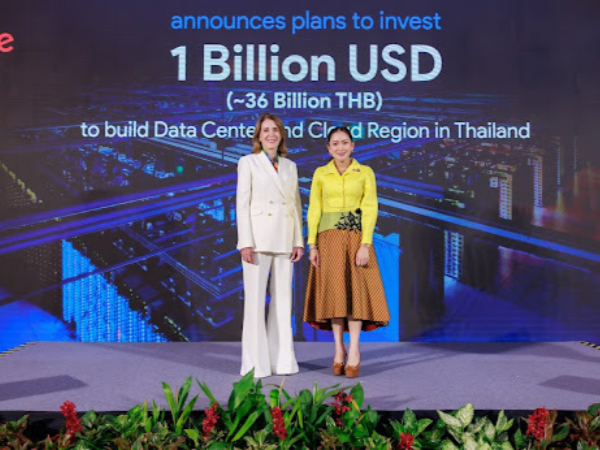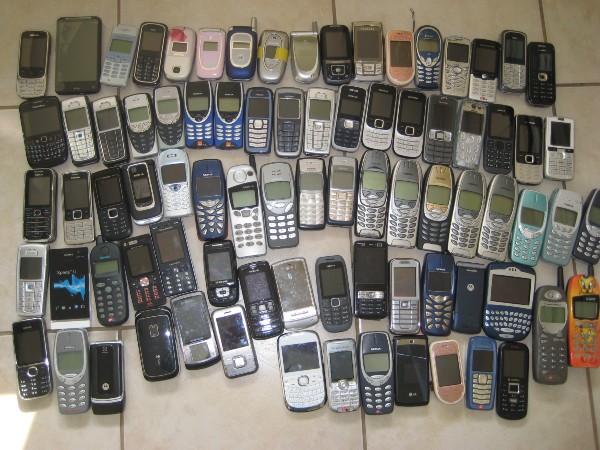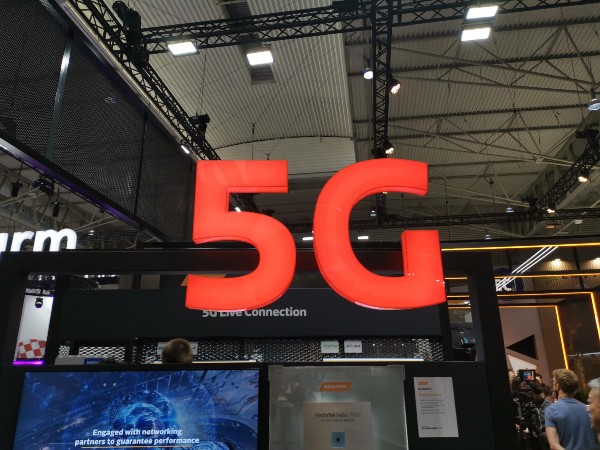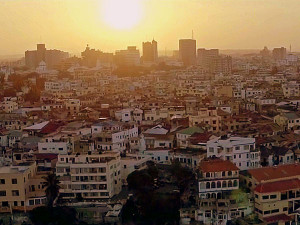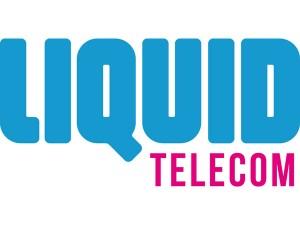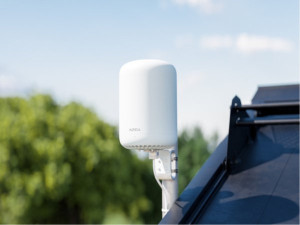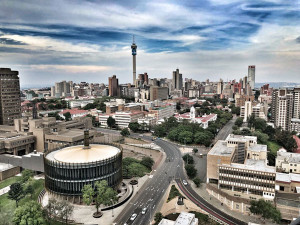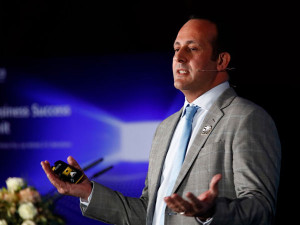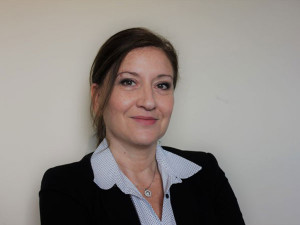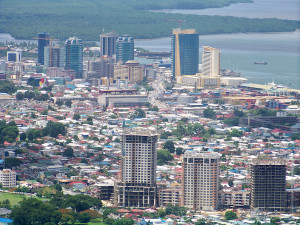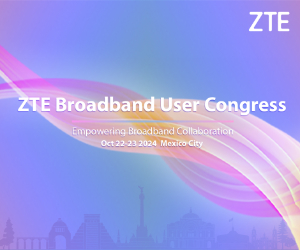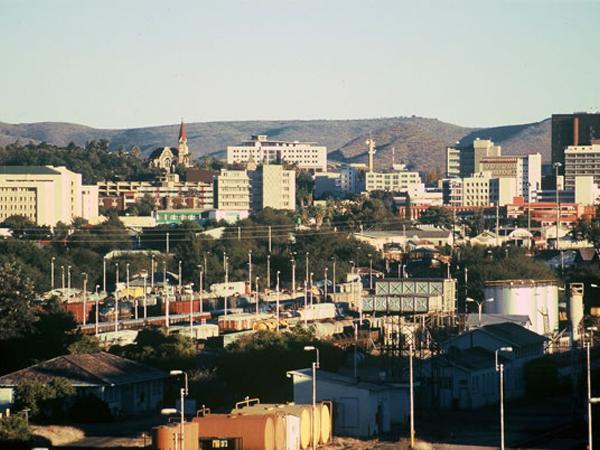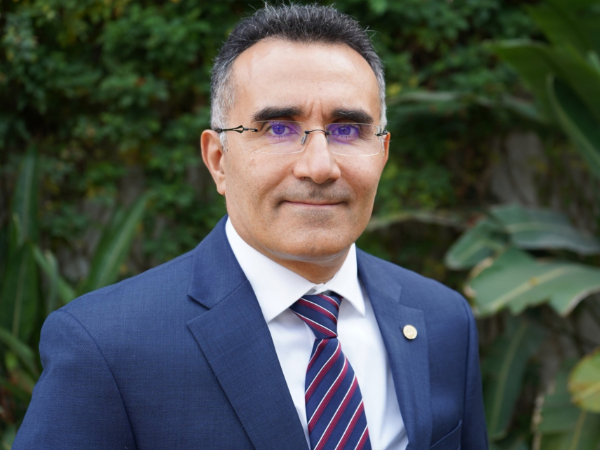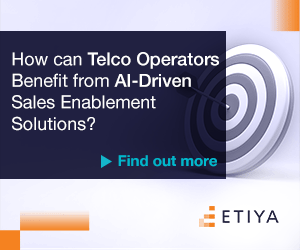The benefits that broadband delivers are proven and measurable in terms of economics, and few would dispute that fibre is the optimal broadband technology in situations where it is feasible to deploy.
Offering fast speeds and an environmentally conscious solution, fibre is also efficient to evolve, making it an attractive long-term investment. Once the infrastructure is deployed, it can be used for many years, with the existing assets upgraded to enable faster speeds.
However, cost can of course be an issue. In much of Africa, gigabit speeds are prohibitively expensive for the majority of the population, even though there is a pressing need for connectivity - particularly in remote areas. Operators won’t get a return on their investment for building out fibre to areas where consumers can’t afford it, so most mobile users resort to mobile data for internet access – far from an ideal solution, as it is disproportionately expensive in comparison to fibre connectivity. This means that many of the poorest inhabitants of the continent are limited to only using data when absolutely necessary.
This issue is endemic to South Africa – when ranked using the GINI Coefficient, which measures the gap between rich and poor based on income, South Africa typically places dead last, underlining the inequality that lingers in the country. Accentuating this, the six countries that border South Africa also place in the bottom ten, showing that inequality is entrenched in the region.
This is reflected in prices for internet, with high income South Africans typically paying just 10 US cents per gigabit as they are able to afford fibre access. However, most South Africans – particularly in the poorest areas, known as townships – only have access to the internet via mobile data. Given the high cost of this service, it can effectively cost as much as 70 times more than fibre access per gigabit – so it’s unsurprising that most South Africans keep their mobile data firmly switched off unless it’s in active use. This issue is prevalent in all middle to low income countries globally – whether in Africa, Asia or Latin America.
fibertime was founded to address this inequality, with its founders seeing a digital opportunity to enable connectivity. The firm uses a new pay-as-you-go model to deliver connectivity to township residents - the lowest income consumers in South Africa. Instead of using a fixed subscriber fee, customers can pay a subscription for fibre access based on usage time, whether this is a few hours, a day, or a week. To achieve this, fibertime has engaged extensively with communities within South African townships.
Watch the full fibertime story here
The business model depends on installing optical network terminals (ONTs) within users’ homes, and this required fibertime to establish trust by connecting with township dwellers, eventually receiving the blessing of residents to install the required equipment to connect the township on a large scale. All of the ONTs use a single shared SSID, so customers can connect their device to any terminal in the township then buy fibre access to connect for however long they choose.
fibertime branding played a significant role in the building of trust with residents to allow for the easy installation of the ONTs. Building a lasting and living brand, fibertime took the decision to build their network with top of the range hardware and Nokia’s vendor coverage in Africa created the opportunity for a mutual partnership to deliver quality ONTs for customers.
The firm defines this term in a particular way – for access to be ‘meaningful’, it must be affordable while providing acceptable speeds and data volumes. This is unavailable to the vast majority of South Africans, and Fibertime knew it could not compromise on this expectation in delivering connectivity. Fortunately, the chosen model has proven successful and replicable, and the firm credits its refusal to compromise on the quality of its terminals, acknowledging the role that Nokia’s ONTs and OLTs have played in both delivering quality connectivity and reducing the cost of deployment.
Another major factor in getting consumers on board was the key differentiating factor of fibertime’s business model – the ONTs are installed for free, with revenue being generated per fibertime voucher sold. Nehal Osman, Business Development – Fixed at Nokia, says that consumers understand that “it is not a subscription service” following the installation, as the terminals enable fibertime to offer a ‘“pay-as-you-go fiber” service that delivers the flexibility of mobile airtime with the reliability, speed and throughput of fiber. This solved the issue of making connectivity available – making it profitable was another matter.
fibertime’s goal was to ensure that it’s not just the wealthiest of medium segments that have the right to fibre connectivity. People in a township have the right to affordable internet access – but often this is just a few rands, and most established payment systems charge a set percentage which would have eliminated any value that could be derived from such small transactions. Fibertime Group CEO Steve Briggs explained: “This was the biggest issue – there were no systems in place. Everything was enterprise-grade…if you’re trying to sell people micro-increments and payments to the internet, your challenge is how are you going to get those payments back into your bank account.”
fibertime users can pay for their fibertime voucher using a variety of payment methods. VulaCoin, a wholly owned subsidiary of The Fibertime Group, enables fibertime to process and collect micropayments from users without charging minimum fees. fibertime users can add credit to their fibertime wallet using VulaCoin, which they can then use to buy vouchers or to become a reseller of vouchers in an active network area. This functionality allows fibertime to develop an agent network to resell vouchers as other mobile operators have done across Africa. Given that customers in many markets are familiar with resellernetworks, it providers a touch point for fibertime’s model to expand into different countries – whether in Africa or any other low to middle income countries which experience similar level of inequality and high mobile data prices.
Nokia’s Ana Pesovic explains: “The opportunities for this are huge. In Africa, Latin America, Asia, there are many regions where people cannot afford to have full fibre connectivity, and for them this is a perfect solution…for them [it’s] now a life-changing thing. It requires working closely with the community to explain the advantages, the benefits and how it works, because this is a new concept in in many places. But it's replicable, it's doable and brings a lot of benefit.”
For more information, click here.


